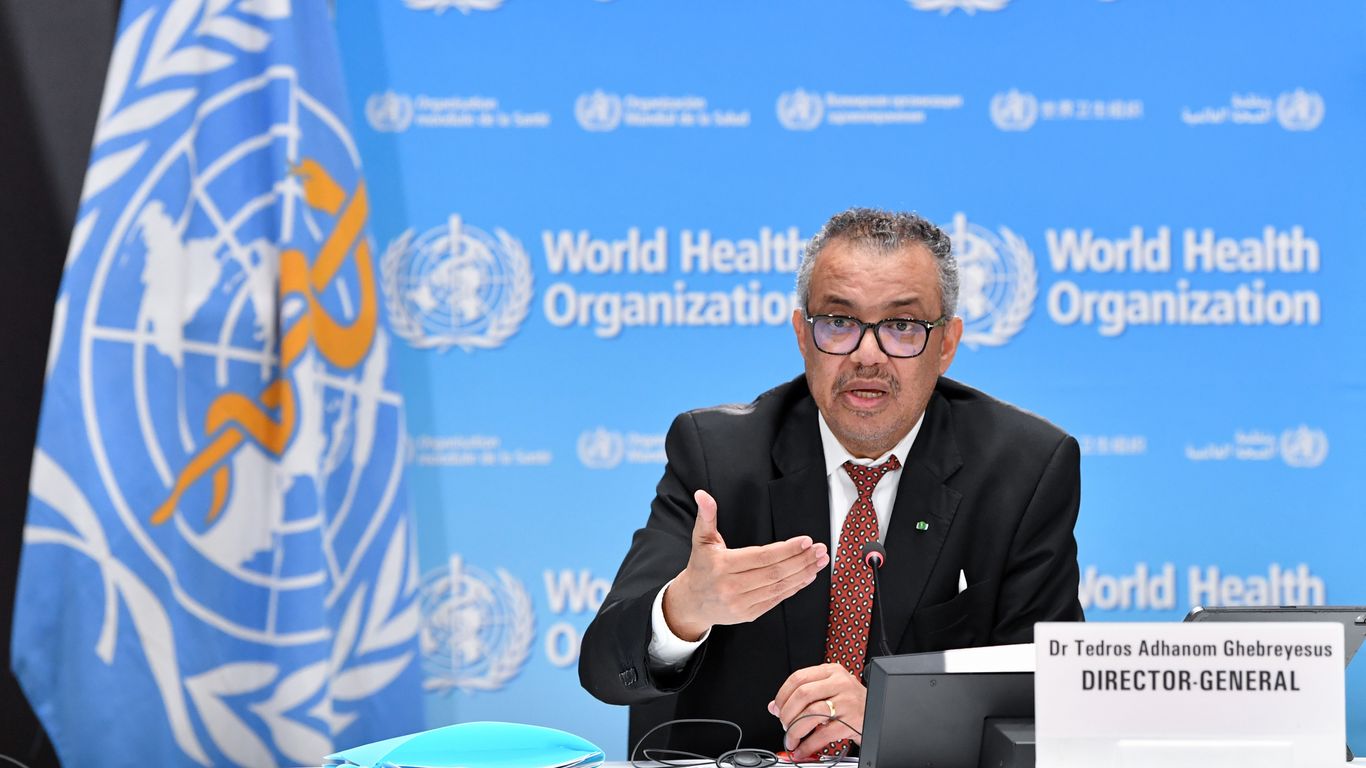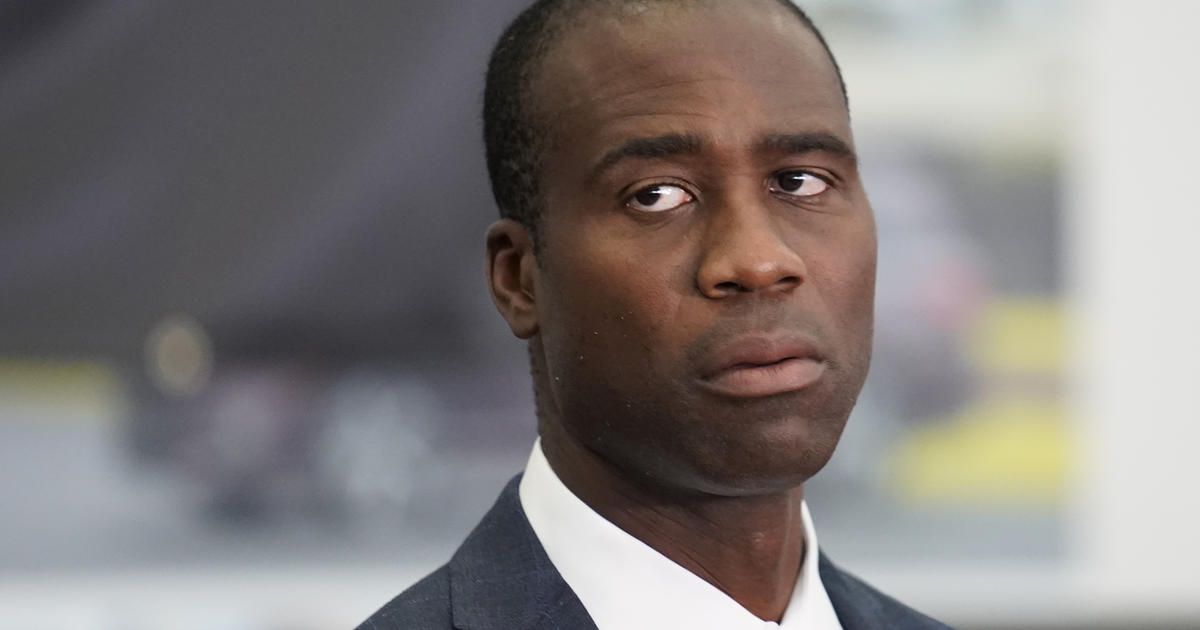You are using an out of date browser. It may not display this or other websites correctly.
You should upgrade or use an alternative browser.
You should upgrade or use an alternative browser.
Coronavirus Thread: Worldwide Pandemic
- Thread starter 88m3
- Start date
More options
Who Replied?ADevilYouKhow
Rhyme Reason

White House Will End Most Covid Vaccine Mandates
The mandates helped end the public health emergency. But they also prompted a politically charged debate.

ADevilYouKhow
Rhyme Reason

Brazil’s Police Raid Bolsonaro Home in Fake Vaccine Cards Case
The authorities arrested a close aide of former President Jair Bolsonaro on charges that he forged vaccine records, possibly to help Mr. Bolsonaro enter the United States.
88m3
Fast Money & Foreign Objects

Covid Remained a Leading Cause of Death Among Americans in 2022
Most of the deaths occurred during the early months of the year and mostly among older adults, according to new federal data.
Apollo Kid
Veteran

WHO: COVID-19 no longer global health emergency
“For more than a year the pandemic has been on a downward trend,” WHO chief Tedros Adhanom Ghebreyesus
All skinfolk aint kinfolk:
Florida's new surgeon general opposes mandates, calls COVID-19 vaccines "nothing special"

Wikipedia:

Florida GOP lawmakers confirm Surgeon General Joseph Ladapo
Ladapo was confirmed by the Republican-controlled Senate over objections from Democrats
Florida GOP lawmakers confirm Surgeon General Joseph Ladapo
BY CBS MIAMI TEAM
MAY 4, 2023 / 12:58 PM / CBS/NEWS SERVICE OF FLORIDA
TALLAHASSEE - Gov. Ron DeSantis' reappointment of state Surgeon General Joseph Ladapo was confirmed Thursday by the Republican-controlled Senate over objections from Democrats.
The Senate voted 27-12 along party lines to confirm Ladapo, who was first appointed in September 2021.
Sen. Tina Polsky, D-Boca Raton, criticized Ladapo before Thursday's vote, pointing to a report in the Tampa Bay Times about a controversial recommendation by Ladapo that young men not receive COVID-19 vaccinations because of risks of cardiac complications. Polsky said Ladapo omitted information "that showed it is "more dangerous to get COVID than to get the vaccine" for the young men.
"If we just blindly vote through this man, we are saying it's OK to lie on scientific studies that will potentially determine the outcome of someone's life," Polsky said.
In response to the Times report, Ladapo said his "decisions continue to be led by the raw science --- not fear."
Ladapo, who doubles as secretary of the Florida Department of Health, has joined DeSantis in questioning the effectiveness of COVID-19 vaccines, opposing lockdowns and rejecting mask and vaccination requirements. The Senate also confirmed 15 other agency heads Thursday.
ADevilYouKhow
Rhyme Reason
CDC Director Rochelle Walensky announces departure — Axios
The White House announced Friday that Rochelle Walensky will be stepping down as director of the Centers for Disease Control and Prevention.

900,000 New Yorkers Lost at Least 3 Loved Ones to Covid
And nearly one in four New Yorkers lost at least one person close to them, according to a newly released survey. The toll was even higher among people of color.
900,000 New Yorkers Lost at Least 3 Loved Ones to Covid
And nearly one in four New Yorkers lost at least one person close to them, according to a newly released survey. The toll was even higher among people of color.

Lymarie Francisco visits the gravesite where her grandmother is buried in the Bronx. She lost two other relatives to Covid during the first year of the pandemic.Credit...Christopher Lee for The New York Times
By Sharon Otterman
May 5, 2023
Josefa Santana, 96, did not leave her Washington Heights apartment when New York City shut down to slow the spread of the coronavirus in March 2020. But her son, a butcher, had to work. He was the only one to leave the apartment in those weeks, so he probably was the one who brought the virus in.
Despite her family’s efforts to protect her, Ms. Santana got sick, and then died. She was one of three relatives whom her granddaughter, Lymarie Francisco, lost to Covid-19 in the first year of the pandemic, Ms. Francisco said last week.
The toll was devastating for her. It was also emblematic of the scale of loss and trauma in New York in the early stages of the pandemic, which new city data, released to The New York Times, shows in stark detail.
An estimated two million New Yorkers — nearly one in four — lost at least one person close to them to Covid within the first 16 months of the virus’s arrival, according to the data, which was collected in mid-2021 by federal census workers on behalf of the city. Nearly 900,000 New Yorkers lost at least three people they said they were close to, an open-ended category that included relatives and friends, the survey found.
Ms. Francisco, 36, lost an uncle about two months after her grandmother, and later, she also lost an aunt. But it was the loss of her grandmother, who raised her, that most affects her to this day.
“I’m constantly thinking about my grandma,” she said. “I go every other Sunday to the cemetery and just sit there. And I just speak to her.”
The finding about the scale of loss was among several from the survey, known as the New York City Housing and Vacancy Survey, that shed new light on the impact of the pandemic in the city. The survey consisted of in-person interviews with a statistically representative sample of more than 7,000 New York City households. While the primary role of the survey, conducted every three years, is to assess New Yorkers’ housing conditions, questions about Covid were added to the 2021 version.
Its findings echoed earlier studies that documented how Black and Hispanic New Yorkers died from Covid at higher rates than white New Yorkers in 2020. In part, this was because of higher poverty levels and less access to high-quality medical care. But another likely reason was that people of color made up the bulk of the essential workers who reported to work during the city’s initial 11-week shutdown, when all schools and nonessential businesses were ordered to close and people urged to stay home, the survey found.

Josefa Santana did not leave her apartment when New York City shut down during the early days of the pandemic. But she still contracted the virus and died.Credit...Christopher Lee for The New York Times
About 1.1 million of the city’s 8.4 million residents kept going to work between March and June 2020, the survey reported. Of those, about 800,000, or 72 percent, were people of color, a broad category that included all New Yorkers who did not identify as non-Hispanic and white.
The areas that were hit hardest by Covid, including southeast Brooklyn, the Bronx, Upper Manhattan and the southeast corner of Queens, had high numbers of essential workers. The people who went to work delivered food, staffed restaurants, provided child care and cleaning, or worked in health care and transit.
Losing loved ones to the virus was more common among those workers, especially those who were low-income and people of color, the survey found. While about a quarter of all New Yorkers lost at least one person they were close to, about a third of low-income essential workers who were people of color did. Eleven percent of all New Yorkers lost at least three people to Covid, compared with 16 percent of low-income essential workers, the survey found.
Janeth Solis, 52, of the Bronx, lost four loved ones during the first year and a half of the pandemic. Her mother, step-grandmother and grandmother, who lived together in a house in Ridgewood, Queens, died one by one in the pandemic’s first weeks. Her mother-in-law died in April 2021.
It wasn’t until this year that Ms. Solis was able to visit her grandmother’s ashes, which had been shipped to her native Colombia in June 2020. The visit and therapy have helped her heal.
“We didn’t really have closure,” she said.
Rates of depression and anxiety in New York rose during the pandemic, particularly among those who had lost loved ones and those under financial strain. Based on research from past disasters, these effects are likely to continue for months or years to come, researchers at the Department of Health have said.
“Mental health needs are on the rise everywhere,” said Dr. Ashwin Vasan, the city’s health commissioner. “And it’s very difficult to separate that from the impact of trauma and grief.”
By May 2021, about 33,000 New Yorkers had died from Covid-19, according to a New York Times tracker. At least 6,000 New Yorkers have died since then.
Many New Yorkers are also connected to people who died elsewhere.
“So many of us are close to people outside of the five boroughs, and outside of the country,” said Elyzabeth Gaumer, the chief research officer at the Department of Housing Preservation and Development.">
GnauzBookOfRhymes
Superstar
Even the WHO is like "ok fellas y'all need to let this go"

Even the WHO is like "ok fellas y'all need to let this go"

What if a new super variant pops up?

Last edited:
There is already one in American, it's called guns.What if a new super variant pops up?
ADevilYouKhow
Rhyme Reason

As Emergency Ends, a Look at Covid’s U.S. Death Toll
The country has recorded more than 1.1 million deaths from the virus.
www.nytimes.com
Please re-sticky this. It's not over.
Please stay inside and stop touching your face.

Please stay inside and stop touching your face.

ADevilYouKhow
Rhyme Reason

An Inside Look at Covid’s Lasting Damage to the Lungs
This 3-D reconstruction of lung scans reveals damage that has lingered for years in patients who became severely ill early in the pandemic.
www.nytimes.com
ADevilYouKhow
Rhyme Reason

High concentrations of COVID detected at all 14 New York City wastewater treatment plants
Public health officials say it's too early to know if it's the start of a full-blown COVID wave in New York City.
Not sure why this keeps getting unpinned but
